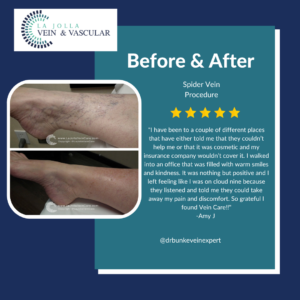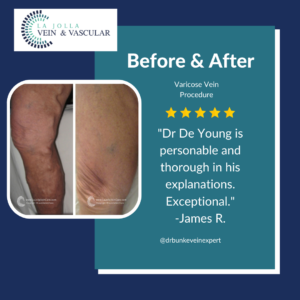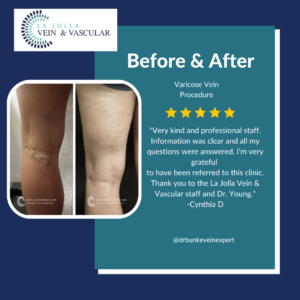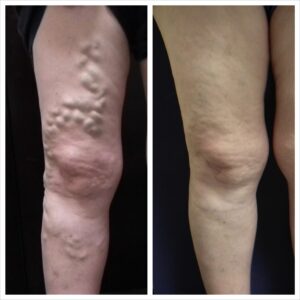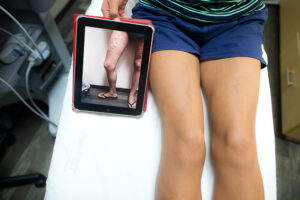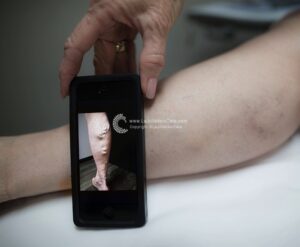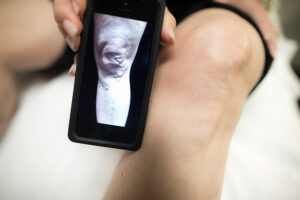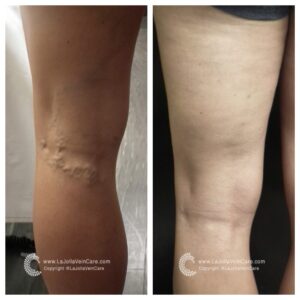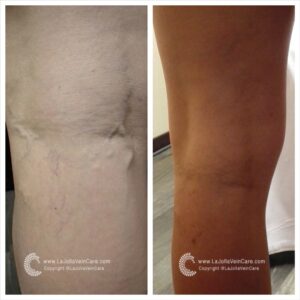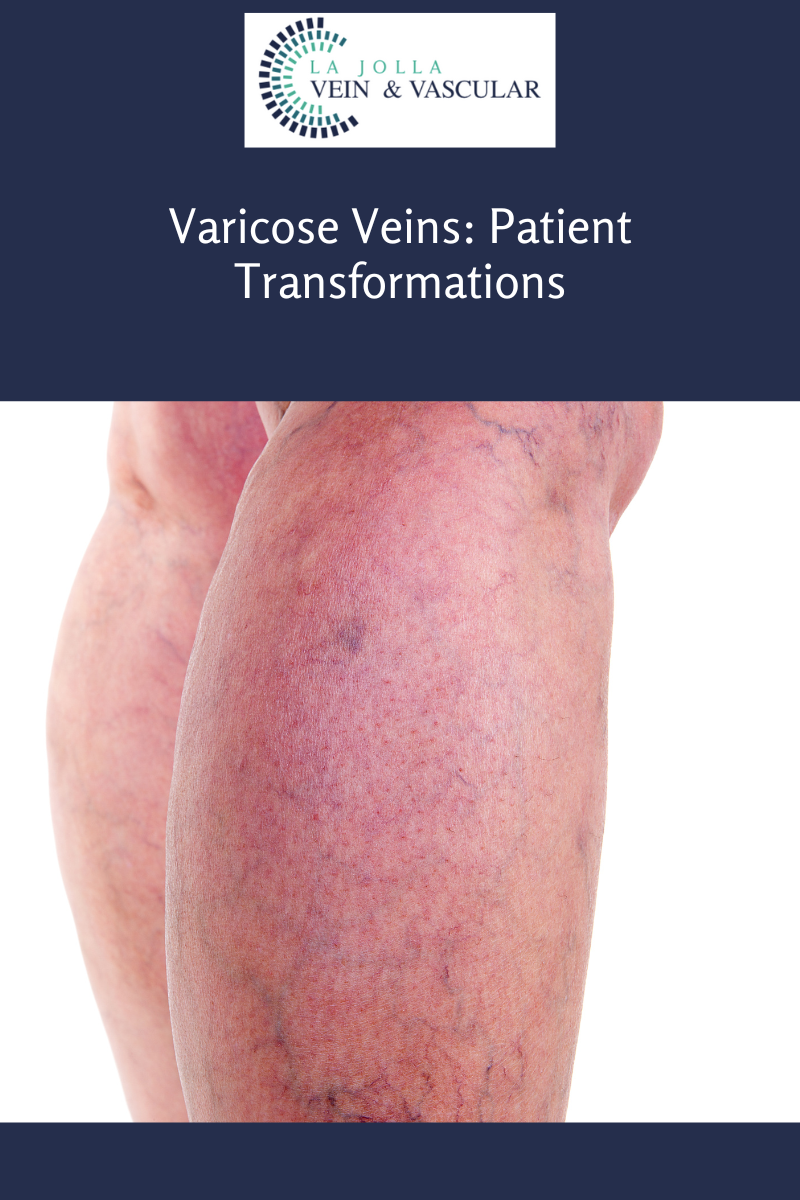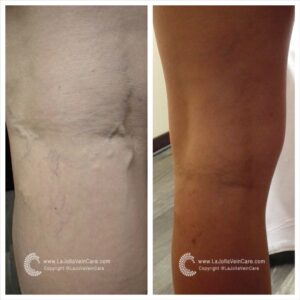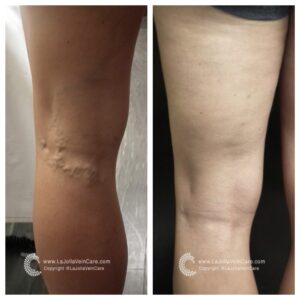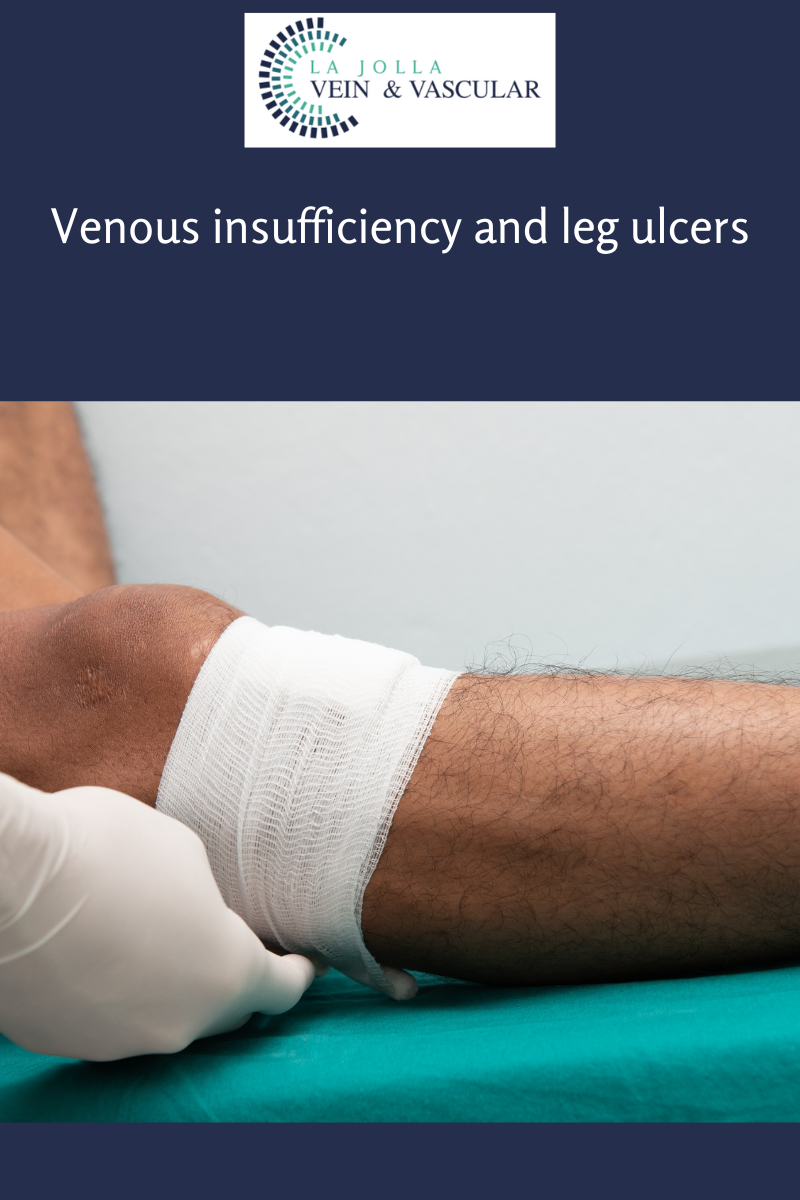Patient Reviews & Testimonials
LJVascular2023-01-14T13:33:37-08:00La Jolla Vein & Vascular is a state-of-the-art medical center dedicated exclusively to the diagnosis and treatment of venous and arterial conditions.
Venous conditions include varicose veins, spider veins, and venous leg ulcers, chronic venous insufficiency, edema, lymphedema, and deep vein thrombosis. Arterial conditions and treatments such as peripheral arterial disease (PAD), atherectomy, angioplasty, stenting. We also offer prostate artery embolization (PAE) to treat BPH, varicocele embolization for men and uterine fibroid embolization (UFE), pelvic venous congestion (PVCS), pelvic and labial varicose veins for women. Osteoarthritis treatment includes genicular artery embolization (GAE) to alleviate knee pain due to arthritis.
Below are some patient reviews and testimonials.

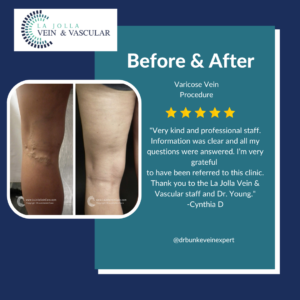


“Bringing Experts Together for Unparalleled Vein and Vascular Care”
La Jolla Vein & Vascular (formerly La Jolla Vein Care) is committed to bringing experts together for unparalleled vein and vascular care.
Nisha Bunke, MD, Sarah Lucas, MD, and Elliot DeYoung, MD are specialists who combine their experience and expertise to offer world-class vascular care.
Our accredited center is also a nationally known teaching site and center of excellence.
For more information on treatments and to book a consultation, please give our office a call at 858-550-0330.
For a deeper dive into vein and vascular care, please check out our Youtube Channel at this link.
For more information on varicose veins and eliminating underlying venous insufficiency, check this link out full of resources.
Please follow our social media Instagram Profile and Tik Tok Profile for more fun videos and educational information.


